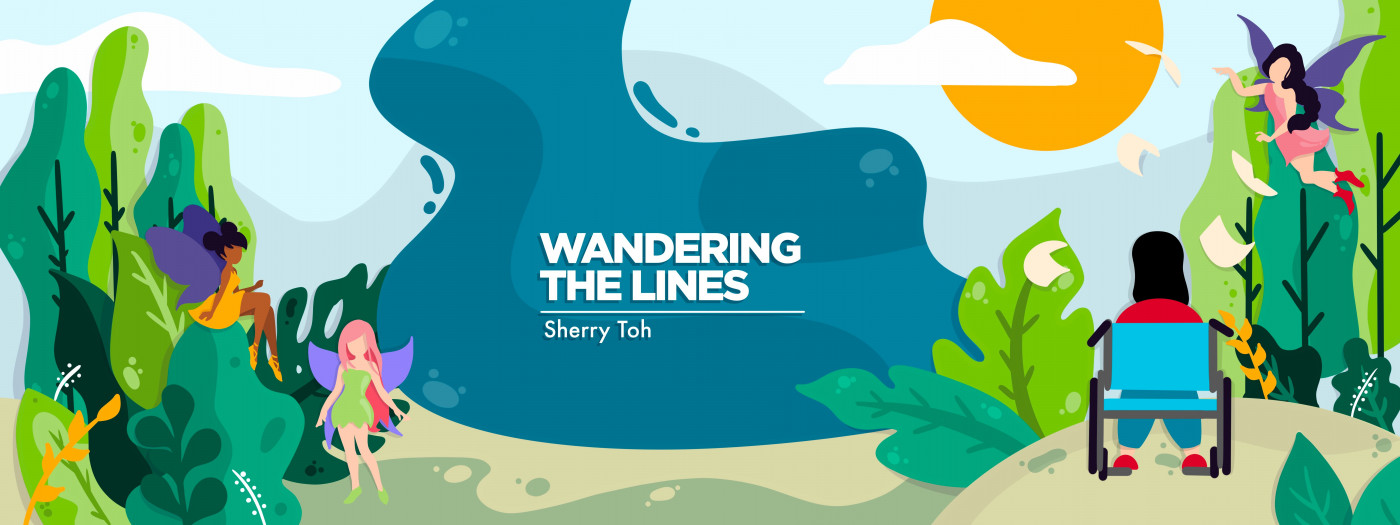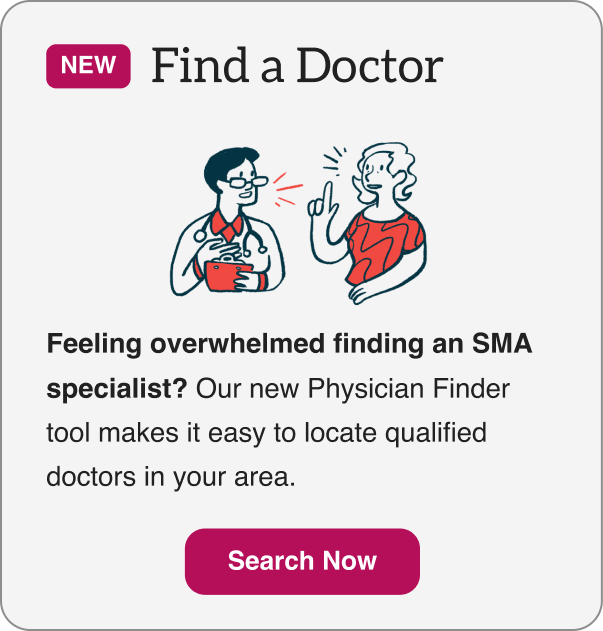My whirlwind adventure of getting lost in Singapore
With greater accessibility, I could have avoided one of my worst fears
Written by |

“Time for your whirlwind 20s, babe!”
When my best friend and fellow SMA News Today columnist, Brianna Albers, said that a month ago, I couldn’t have imagined how much I would feel her words. She’d said it in the context of me wanting to meet some (admittedly questionable) dates. But only when I was wandering down an unfamiliar street, wind in my hair, in the black of night, did I recall what she said.
A real-life nightmare
Despite the purposefully placed public transport stops all over, and Singapore’s relative safety compared with other places, I still have a fear of getting lost. The thought of it makes my brain recall every true crime story I’ve heard, to the tune of the “Tangled” song “Mother Knows Best.”
“Thieves and gangsters!” my brain exclaims. “Poison ivy! Sinkholes! COVID-19!”
This fear is why I rarely take the bus. Unlike the trains here, not every bus is equipped with a fancy screen that tells you which stop you’re at. There are no maps with clearly laid-out graphics showing which bus routes cross and where. If you want to know your location, pull out your phone and pray you’re literate enough in map-reading to comprehend Google Maps.
Alas, the theater program I’m in has rehearsals in a studio most accessible by bus. The nearest train station is a 12-minute walk away — on a path filled with tree roots ripping into sidewalks and bumpy roads to cross. The one time I got my exercise in by taking this route, I feared my power wheelchair would topple over and spill my brains onto a car. I wasn’t going to risk it.
In any case, there was a bus that would take me to the train line that goes straight to my neighborhood. I should have felt more comfortable, right?
It turns out I felt a little too comfortable after two rehearsals and one training session. Who needed a phone to check her location when she had her memory? Who should have listened to her caregiver about likely missing her stop?
Me. The answer was me.
Because one of my worst fears came true: I got lost. At night, at about 10 p.m. With chronic back pain from my scoliosis increasing and my wheelchair’s battery dwindling.
Oops.
Lost and found
Rattled by the unfamiliar sights of shophouses and streets with names we didn’t recognize, my caregiver and I got her phone out. We picked a stop that seemed to intersect with the train line that would take us home.
Unfortunately, any relief we felt as we alighted was fleeting. We had no idea which direction the train station was in, and Google Maps was incomprehensible to us at this point, too. We had to run up to several strangers for guidance, with our fingers crossed that they could help.
Even then, we could somehow only find the one entrance to the station that wasn’t wheelchair-accessible.
“Where’s the elevator?! Who designed this?!” we cried, circling the entrance like there was a secret door to find.
The hero of the night was a good Samaritan whom we asked for directions. He didn’t know where the accessible entrance was, either, but he looked at the station’s map, searched Google, and walked us to the street with the accessible entrance like he’d been lost with us for hours.
Sir, on the off chance that you’re reading this, thank you.
The roads better traveled?
The 20s, to me, are a time of experimentation and adventure. It’s about confronting fears like getting lost so you can grow into an adult who’s better equipped for life. In that sense, I’m grateful I got to experience the adrenaline rush of arriving home in one piece after getting lost. The next time I have no clue where I am, I’ll be a lot less panicky.
“It was an adventure!” I told my caregiver. She laughed.
That said, I could have avoided the “adventure” if more buses in Singapore had screens announcing each stop. Such a measure would increase the accessibility of public transport for many citizens who aren’t familiar with bus routes. Food for thought.
Note: SMA News Today is strictly a news and information website about the disease. It does not provide medical advice, diagnosis, or treatment. This content is not intended to be a substitute for professional medical advice, diagnosis, or treatment. Always seek the advice of your physician or other qualified health provider with any questions you may have regarding a medical condition. Never disregard professional medical advice or delay in seeking it because of something you have read on this website. The opinions expressed in this column are not those of SMA News Today or its parent company, Bionews, and are intended to spark discussion about issues pertaining to spinal muscular atrophy.







Leave a comment
Fill in the required fields to post. Your email address will not be published.